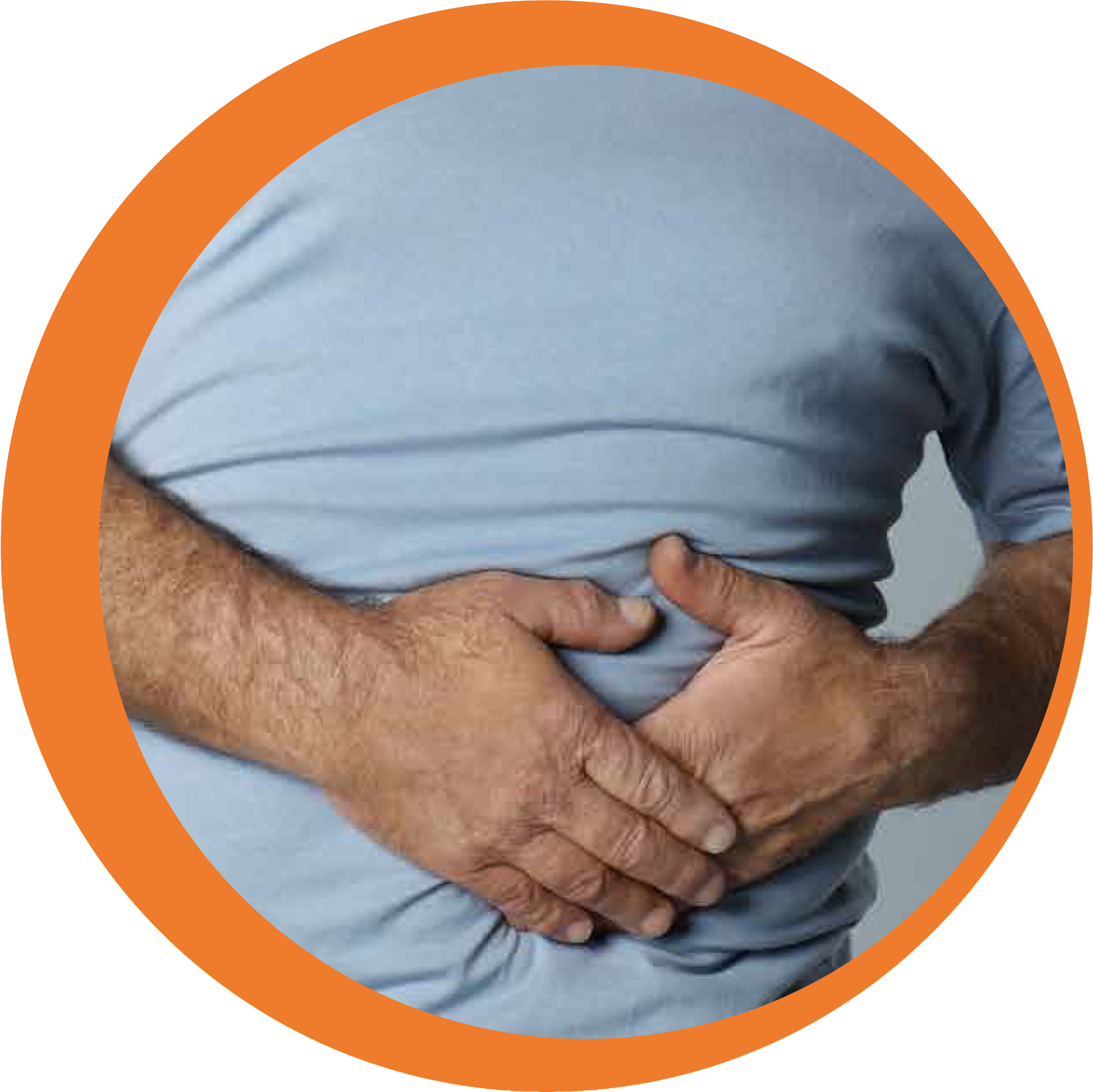
Welcome to GSD & Me
The content of this website is intended for UK patients. Information concerning liver Glycogen Storage Disease management is based upon UK practice. As dietary management may vary in different countries, please speak to your metabolic team at the hospital for individualised advice for your GSD.


What Are GSDs?
Glycogen storage diseases are inherited disorders of carbohydrate metabolism.
Those with a liver GSD are prone to hypoglycaemia, or low levels of glucose in the blood.
Here’s a plain English guide to some of the medical terms:
Inherited disorders
These are diseases that you get because of your genes or genetic make-up. You get your genes from your parents.
Metabolism
A huge number of chemical reactions take place in your body every day.
Most of these reactions are linked to using food to provide energy or to help your body grow and repair itself. If you have a disorder of metabolism (or metabolic disorder), there is a problem with one or more of those reactions.
Glucose
This is carbohydrate in one of its simplest forms. Blood glucose (sometimes called ‘blood sugar’) is one of the main energy sources for your body.
Hypoglycaemia
This means ‘low levels of glucose in the blood’. (This is different to ‘Hyperglycaemia’ which means ‘too much glucose in the blood’).
Hypo = Low
Hyper = High
Hypoglycaemia requires urgent attention.
Carbohydrate
One of the main nutrients that you get from food. Most of the carbohydrate in your diet comes from starchy foods such as bread, rice, pasta, noodles and potatoes. You can also get carbohydrates from sugary foods such as sweets, cakes, biscuits, jam, honey and syrup.
Glycogen
In simple terms, the body uses glycogen to store glucose that isn’t needed for immediate use. When blood glucose levels start to drop, glycogen can release glucose back into the blood.
If you have a liver GSD, there is an issue getting glucose from the glycogen stores.
As this is a term you may not be familiar with, take a look at the frequently asked questions on glycogen.
If you have a liver GSD, your glycogen metabolism doesn’t work properly. This needs careful lifelong management to avoid your blood glucose levels going too low and causing problems.
Beyond that, the management of GSD aims to support you to live a full and healthy life.
Common Symptoms
If you have a liver GSD, the aim of your management is to minimise symptoms and promote good health, growth and development. Symptoms can vary depending on which type of GSD you have (see below for more details).
Avoiding episodes of hypoglycaemia (sometimes referred to as a ‘hypo’) is a key priority. A ‘hypo’ occurs when blood glucose levels go too low.

Your Liver May Be Enlarged
Due to glycogen stores building up in your liver, it may become enlarged (the medical term is hepatomegaly).
From the outside, this can look like a large stomach which seems out of proportion with the rest of your body.
With good management, your liver will reduce in size over time.

Frequent eating
As your body cannot use its glycogen stores to keep blood glucose levels ‘topped up’, you need to eat frequently.
Young children, in particular, have high energy demands for their size. For example, with babies who have not yet been diagnosed, parents may comment on how regularly they cry for feeding.

Short Stature
To grow properly, children need energy.
In untreated individuals, there are problems with the body maintaining a steady energy supply. Unsurprisingly, this can interfere with growth and children with GSD may appear short for their age. However, with good management, growth will improve.
Different Types of Liver GSDs
The term Glycogen Storage Disease does not apply to just one condition. There are many different types. The main liver GSDs are outlined below.
Get more information on the type most relevant to you:
Type I or Von Gierke disease
In this type of Glycogen Storage Disease, your body cannot release glucose from the glycogen stores.
Ketotic types
Practical implications for ketotic types
Alternative energy sources
When your glucose levels are low, your body needs to produce energy in other ways. One way to do this involves your body using its fat stores to produce ketones. Your body can also start to use protein to produce energy.
What are ketones
They are an alternative source of energy. In healthy individuals, ketone levels are typically very low.
Ketones are produced from your body’s fat stores. The brain needs a lot of energy to work properly but it cannot use fat to produce energy – it prefers glucose. However, your brain can get energy from ketones.
If you have a liver GSD, turning fat into ketones helps your brain, and other muscles, get energy when glucose levels are low.
Although ketones can be a very useful source of energy, it is important that your levels are controlled.
Management
Good dietary management aims to reduce the risk of your blood glucose levels going too low. This means that your body will not need to make ketones or break down your muscles to produce energy.
